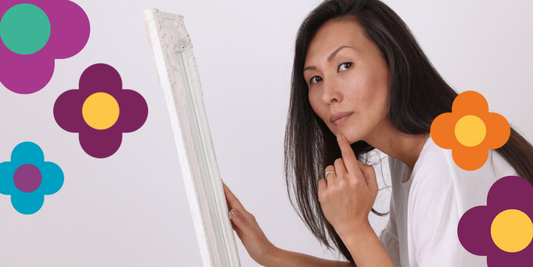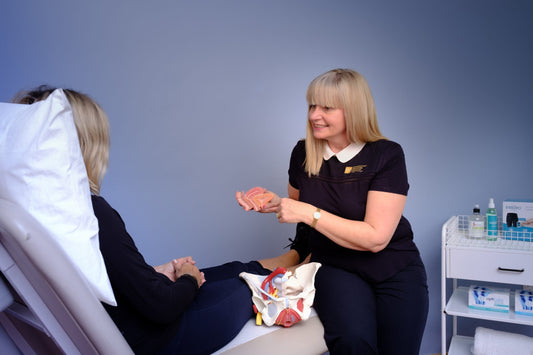How menstrual products are championing better sustainability
The global fight against plastic is already well underway; we’ve seen everything from straws to cotton buds and coffee cups swap over to reusable or biodegradable alternatives.
With organisations, movements, and cultural trends increasingly focused on sustainability and carbon footprints; it’s no surprise that the concept of a ‘green’ period is also emerging.
Tens of thousands of sanitary products wash up on beaches worldwide each day – unsurprising given that tens of millions of women use disposable tampons and sanitary pads.
If you used 20 disposable products per cycle and had your first period aged 12 with your last aged 52 – that’s close to 10,000 items in your lifetime. Multiply this by the number of women on the planet, and that’s a lot of waste!
How do you combat this waste though? We've put together a list of all the menstrual products you can buy that are championing better sustainability in 2022.
Let’s look at the facts and your options:
What’s in the products?
There is no legal obligation for menstrual product manufacturers to list ingredients on their packaging.
This plastic contained in these products has been shown to cause foreign oestrogens that can sometimes cause oestrogen levels to rise unnaturally, which leads to a hormone imbalance.
The good news is that there are more and more sanitary options available these days – a gradual movement that will help those looking to have a more environmentally-friendly period.
Tampons
100 million women use Tampons worldwide. However, the environmental costs of tampons are significant. A single mainstream tampon can take hundreds of years to biodegrade. The plastic applicators they come with are commonly seen washed up on beaches, making them particularly harmful.
The safe disposal of used tampons remains a massive problem for sanitation systems and the environment. In reality, most women continue to dispose of used tampons by flushing them down the toilet, which results in blockages and pollution.
Switching to tampons with a cardboard applicator can be a great place to start. Still, if you are looking to reduce your environmental impact even further, several innovative brands provide natural earth- friendlier options.
Sanitary pads
What comprises 90% plastic and is the equivalent of four plastic bags? Sadly, a sanitary pad!
As a popular sanitary product, women have been reluctant to make the switch. However, there is a more sustainable alternative: cloth pads.
Reusable cloth pads are not new; they're still used widely in some countries and have been around decades. However, what is emerging now are more refined versions that are user-friendly and actually ‘work’.
Just like standard pads, you can find a range of colours, sizes and absorbency levels on sale via online retailers.
Menstrual cups
Menstrual cups are arguably the most eco-friendly and cost-effective option out there for periods. They have been around since the 1930s and have had various levels of popularity over the decades. Made from medical-grade silicone, these have longevity and last for years.
Used similarly to a tampon, they sit internally but work to collect your flow rather than soaking it up. They can hold three times more than a standard tampon – so they are an excellent option for those on the go as you do not need to replace them often.
Period pants
This option is increasingly popular as it's comfortable, easy of use, and has a gentle impact on the environment. The pants are hyper-absorbent underwear designed to catch your flow without the need for other products.
The pants only need to be changed once a day for those with a light to medium flow.
So, what should I choose?
Do what’s suitable for your schedule, what you find most comfortable, and what’s convenient.
There is no “one size fits all” solution for sanitary products. The same person might even find themselves with different needs at different cycle stages.
If you are ready to make the switch to a greener option, do your research, weigh up your options, and try a few brands to make sure you get the best one for you and your body.













